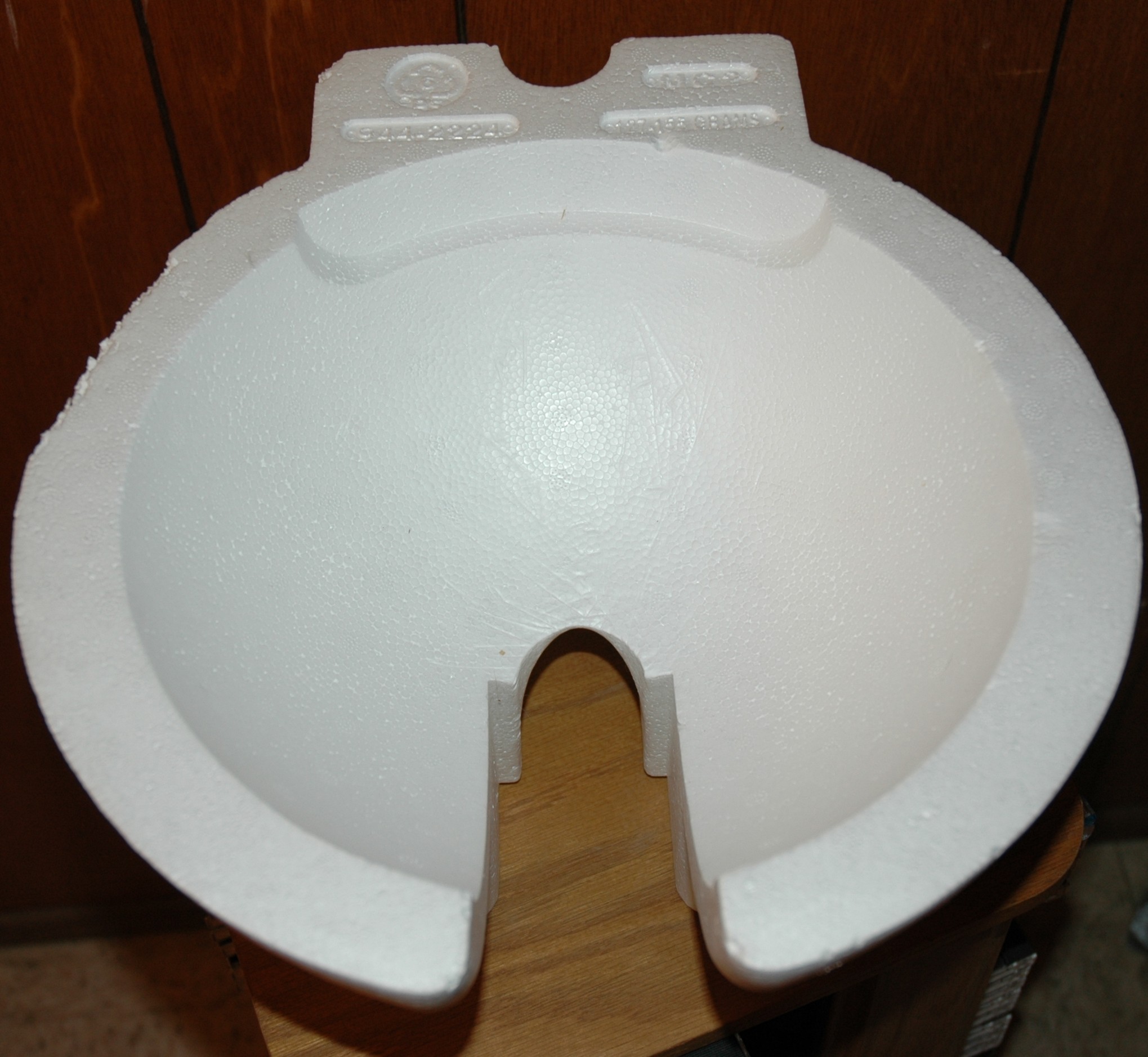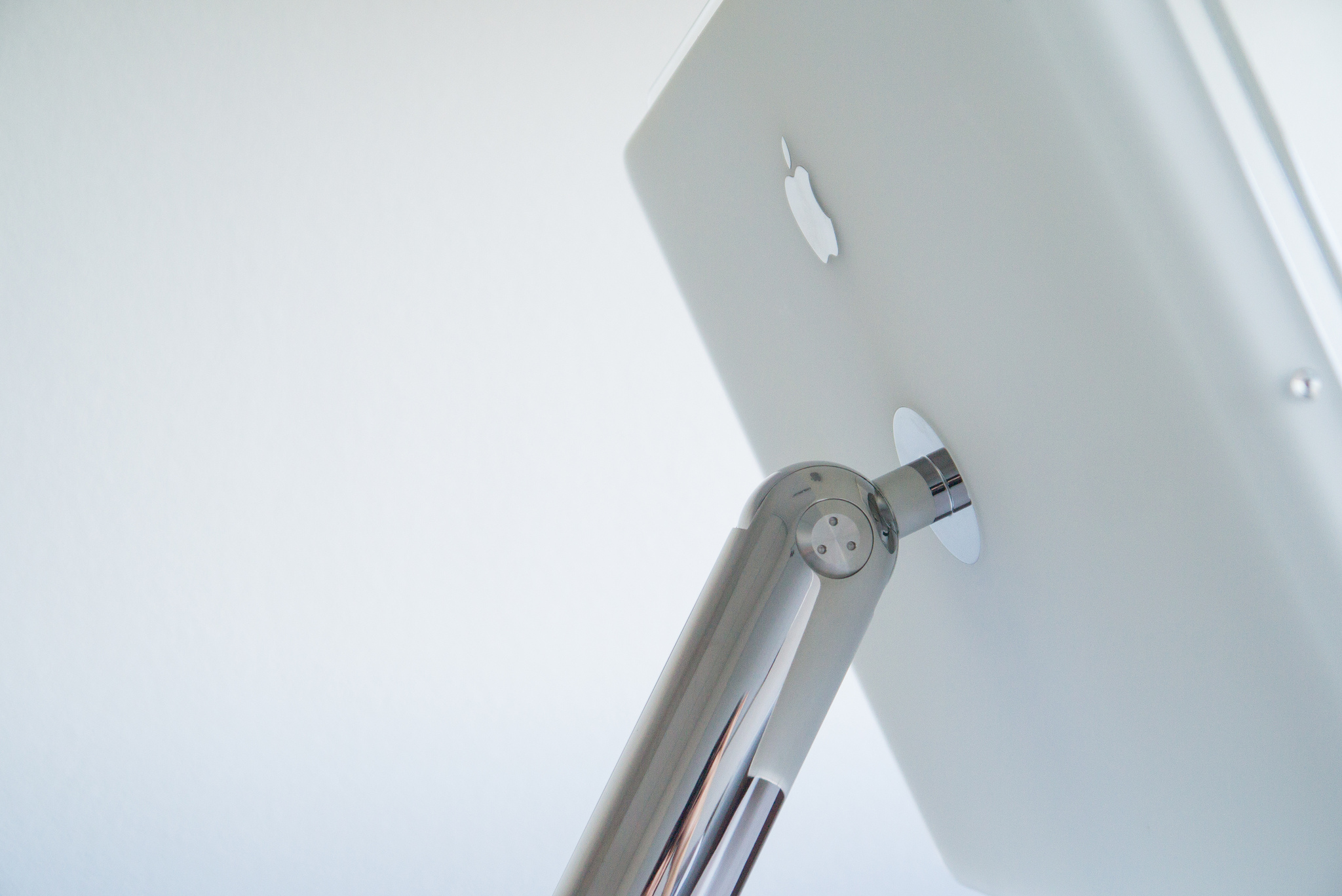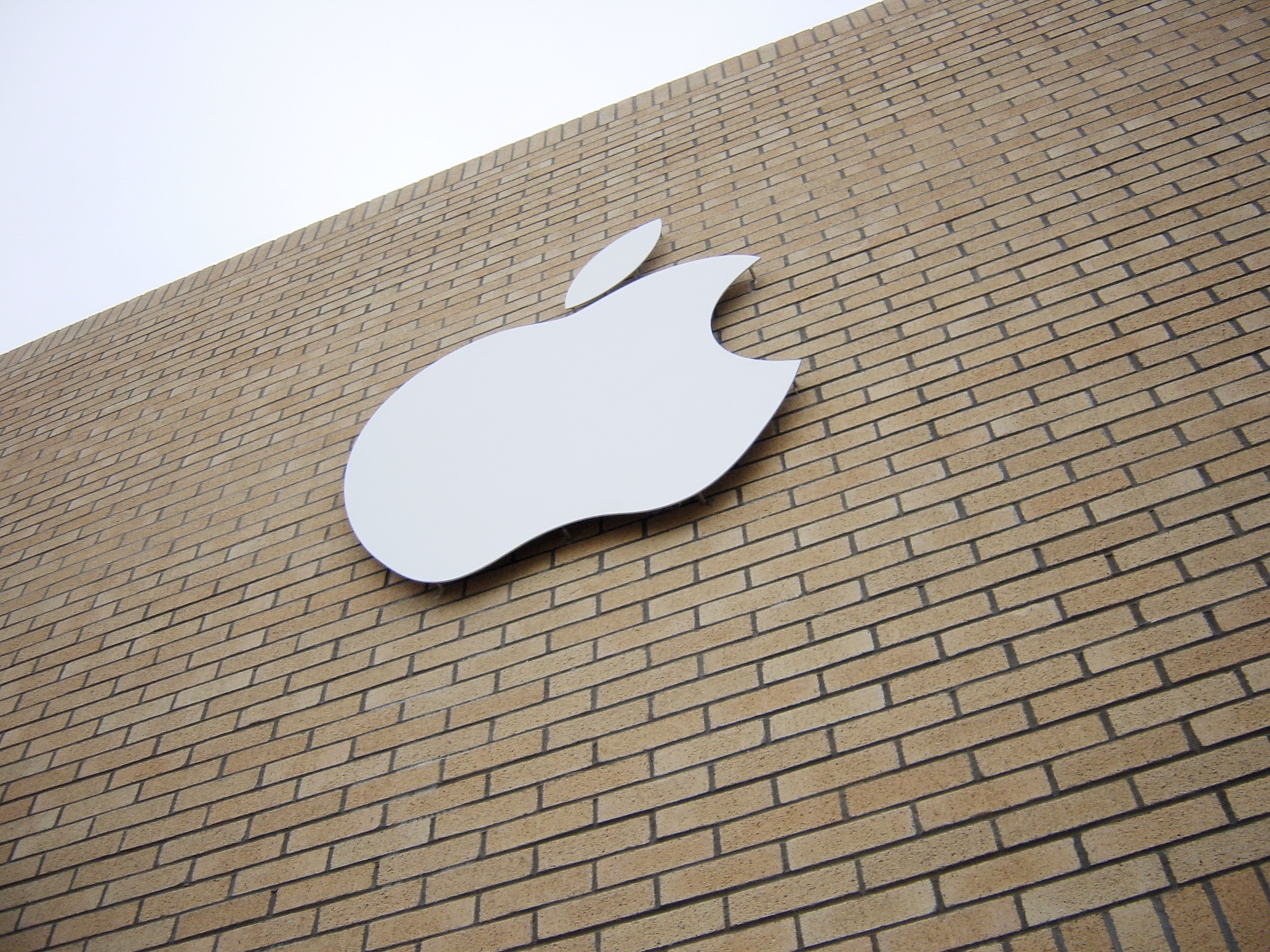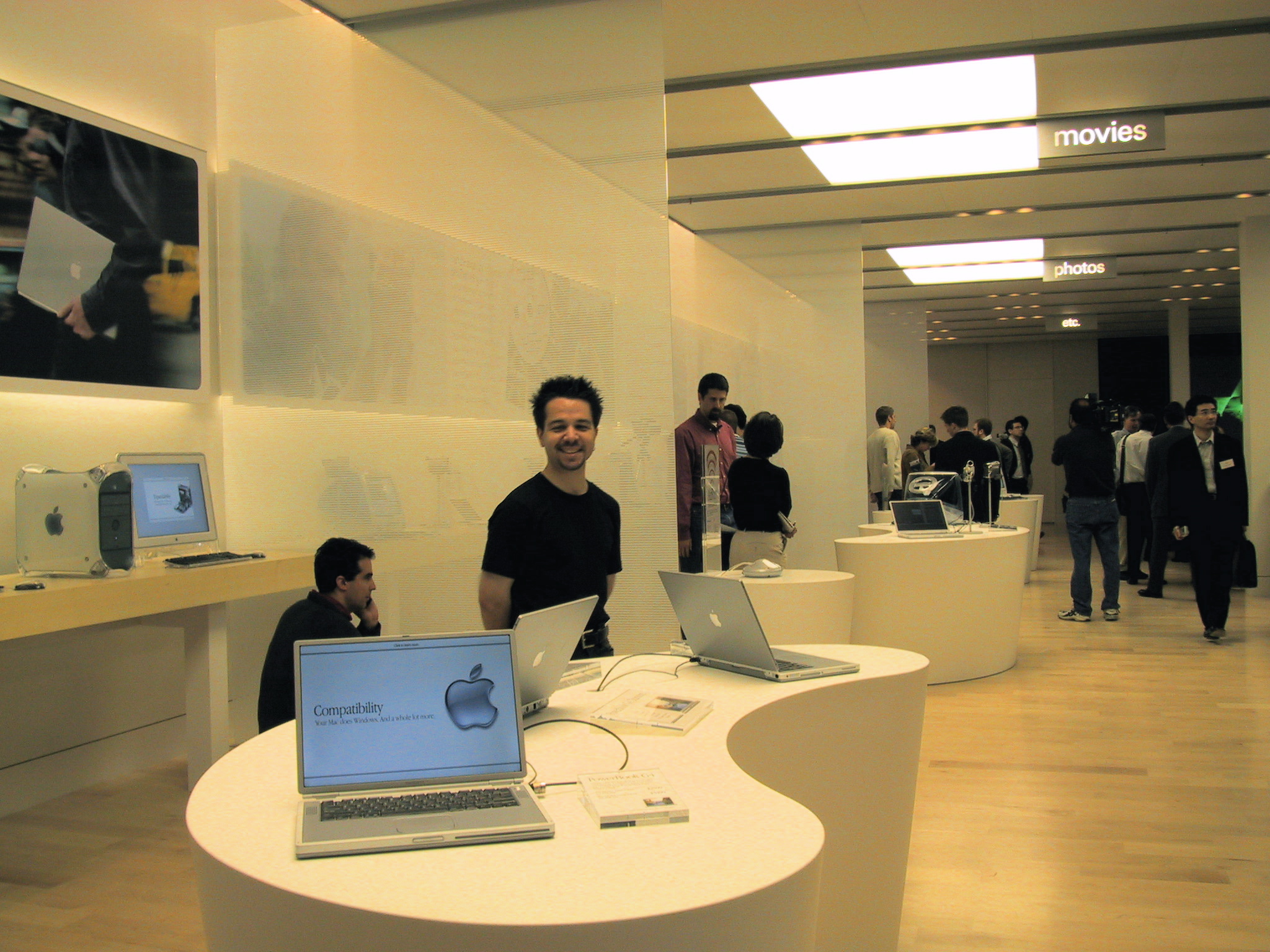This afternoon, I put the 20D to the test during a visit to the Smithsonian Air & Space Museum. The SmugMug photo album shows off some of I snapped today. These were all taken without […]


This afternoon, I put the 20D to the test during a visit to the Smithsonian Air & Space Museum. The SmugMug photo album shows off some of I snapped today. These were all taken without […]

I am working with my new Canon EOS 20D digital SLR, which I bought after a buddy snatched up my Nikon D70 for his dad. I highly recommend the camera to anyone who can afford it and either takes pictures professionally or, like me, is moving into serious amateur photography. Warning: This camera could easily be more than what most people need.
For me, the 20D is a rude indictment about how ill-prepared I am to move to digital SLRs. My problem isn’t so much photo basics but understanding lenses, their idiosyncrasies, and what might be right for this camera and my shooting needs.

They say that kids do the darnest things or that kids growing up with newfangled technology take to it differently than do adults. These two pictures are evidence of both.
Looks like a toilet boil, doesn’t it? Turns out this Styrofoam wonder is from a first-generation, flat-panel iMac box. Flip the toidy boil over and it fits over the iMac’s lamp-like base. I must have no imagination, because I had unpacked a couple iMacs without seeing the resemblance, flipped over, of course.

Earlier this year, I blogged about my troubled switch back and forth between PCs and Macs, eventually moving to the Mac for good. Not so. A good buddy bought the PowerBook I purchased back in March, and I put that money into buying a Sony S150, which is a Windows notebook that I’ll blog about sometime soon.
The switch came for many reasons. For one, my boss expressed concerns about a difference in the quality of analyst my reports. I attributed the problem to my working on a Mac fulltime and becoming too distanced from the Windows world; of course, I used a Windows machine everyday, too, but the Mac proved a distraction. I saw the same problem back when I worked as a reporter covering Microsoft. The problem: I like my Mac and didn’t want to switch.

Reducing spam is painful. I sent a friend e-mail at the domain she owns. She didn’t get the message, because she changed her e-mail handle off her domain. The reason isn’t rocket science: spam.
I feel her pain. I recently sold a domain I owned since 1995. In parting with the domain, I relinquished an e-mail addressed used for almost nine years. The e-mail change is liberating, because of the greatly diminished amount of spam.

Over the weekend, I picked up a new computer for my wife. She had used a Dell Dimension PC for about a year and half and could have continued doing so. But she’s not as computer savvy as my fourth grader or me. Increasingly concerned about viruses and spyware, I had long considered moving her off a Windows XP PC and onto a Mac. Since I’m giving up my main domain and she was losing her e-mail address, I reasoned now was the right time for the Mac. She would get a new computer and .Mac e-mail address.
Ideally, a $799 eMac should have suited her needs. With a 1GHz PowerPC G4 processor, 256MB of RAM, 40GB hard drive, and DVD/CD-RW combo drive, the computer packed plenty more power than she needed for her main activities of doing e-mail and surfing the Web. For $200 more, I could have set her up with a faster processor, 20GB more storage, and a DVD burner. What’s not to like?

This week I agreed to relinquish my original domain name, editors.com. The new owner says he will use the domain to establish a site for editors and writers to commiserate. Oddly, I don’t care much how he uses the domain. When I acquired editors.com in August 1995, I had in mind to create some kind of writing site. Instead, the domain established a single e-mail identity that hadn’t changed for almost nine years.
Relinquishing a domain used primarily for e-mail is lots of work. Besides notifying a couple thousand people of the change, I have to track down every website I ever established a log-in or purchase account and change the identity or default e-mail address—many cases they’re the same.

My prevailing thinking on why high-tech products succeed or fail boils down to four criteria. Editor’s Note 2/8/2014: I expanded the number to eight and wrote book about them: The Principles of Disruptive Design.
A product must:

Yesterday, while on business in the vicinity of my local Apple Store, I stopped in and purchased a wireless mouse and keyboard. Only tonight, when I took the mouse out, I found that the seal […]

My buddy Jim Dalrymple told me about the so-called iPod zombies of New York. He’d read a post somewhere about how so many New Yorkers used iPods that the streets had become a sea of white […]
The tech sites are all abuzz about something called “Windows XP Reloaded”. Wild rumors have Microsoft releasing a Windows XP update later this year, ahead of successor Longhorn. Seems like some folks forget that Microsoft […]

Last week, I bought Apple’s 15-inch PowerBook, marking my most-recent switch back to the Mac. The decision, nearly five years to the day after buying my first PowerBook, marked the final chapter in my back-and-forth switch between Macs and Windows. I’m a Mac user now, although Windows will remain vitally important for work.
My struggle ensued, in part, because of Microsoft’s success at creating, for non-Windows users, barriers to entry—to the Internet and key software categories. I also wobbled back and forth because of concerns using a Mac would hurt my work, first as a reporter and later an analyst covering Microsoft.